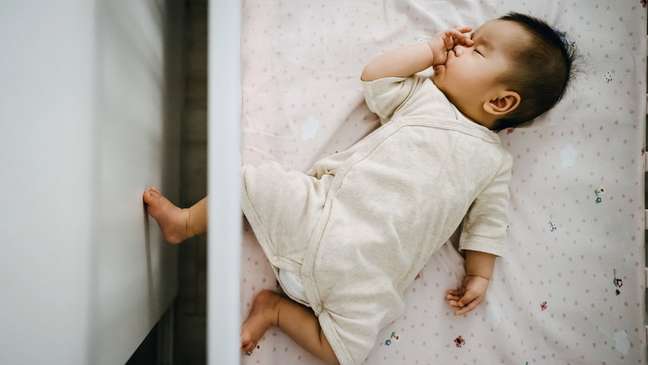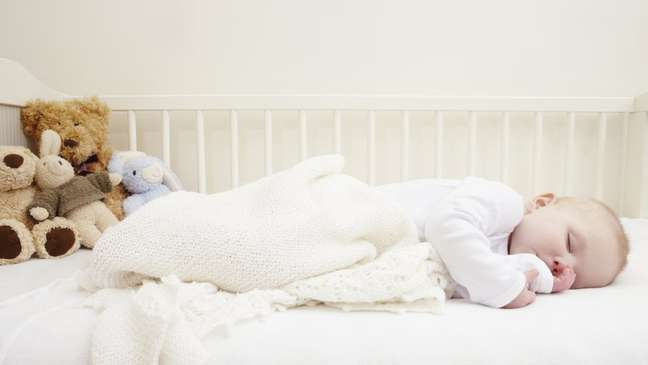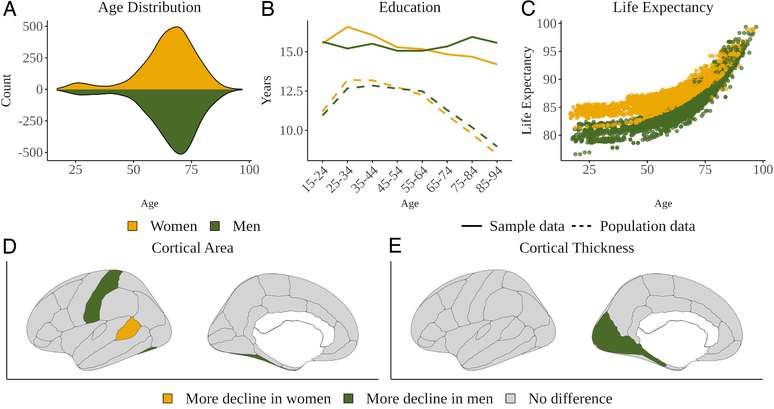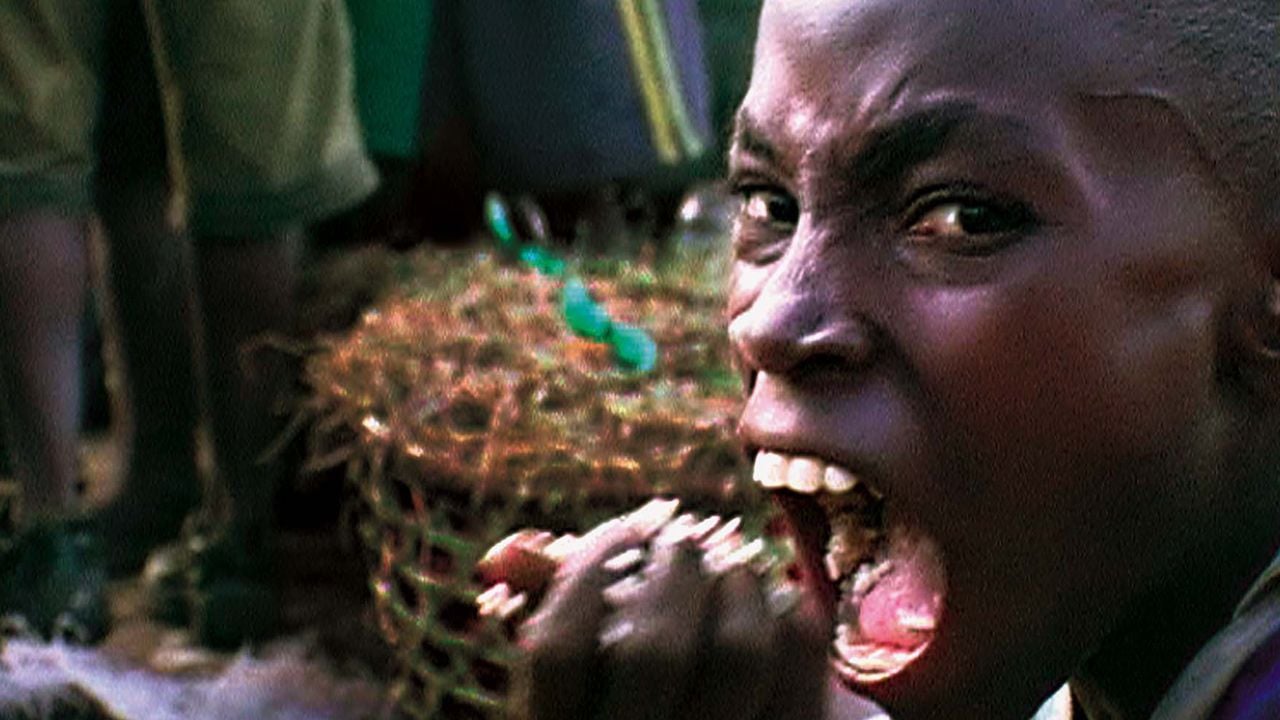Australian Carmel Harrington has been dedicated to research on sudden infant death for three decades and has published a study that identifies a possible biochemical marker of this disease, which is a mystery to medicine.
When little Damien died, a few days before he turned two, no doctor was able to give a concrete explanation to his mother, the Australian Carmel Harrington.
She herself went in search of answers and today, 30 years later, she is co-responsible for one of the most recent discoveries in this field.
Harrington’s journey began three decades ago when little Damien was put to sleep, “happy and healthy”, but did not wake up the next day. It was a case of sudden infant death syndrome (SIDS).
This is how the unexplained deaths – usually in sleep – of children who appear to have no health problems are classified. The reason for this is not yet fully understood, but it is believed that children may have difficulty regulating their heart rate, breathing and body temperature.
This type of death, still mysterious to medicine, is considered rare, especially at Damien’s age (it affects infants under the age of one year, so Damien’s case would currently be classified as sudden unexplained death in early childhood, a variation of SMSL).
In Brazil, the DataSUS database represented 155 SIDS cases in 2020.
In the absence of an understandable cause for the child’s death, many parents face an additional burden of guilt in addition to grief, explains Carmel Harrington.
“You blame yourself, because the child was in your care. (…) You keep asking yourself: what did I miss? You wait for the autopsy, and it doesn’t tell you anything, and you keep asking yourself: what did I miss? lost? “, says the Australian in an interview with BBC News Brasil.
“I went doctor to doctor asking a million questions. And 30 years ago they knew a lot less than I know today. They basically gave me a pat on the head and said ‘come home, have more babies, it was a tragedy'”.
Harrington, who has two other children, says he tried to move on. But a second case of SIDS totally changed his life course.
Harrington was visiting a teacher of his daughter, who had given birth a few weeks earlier, and noticed that the baby was sleeping on his stomach, which is not recommended by doctors (see further recommendations on how to avoid sudden infant death at the end of the text).
“I meant that babies shouldn’t be on their stomachs, but I couldn’t, because everyone was enjoying that baby moment – and if I said anything, it would stop the group’s fun. I thought, ‘Don” Don’t be ridiculous. , nothing will happen to her. ‘ But she died the next night. “
Harrington still gets excited, decades later, remembering. “And I felt responsible for not saying anything. But that was the day I went to work and resigned.”
From there, understanding sudden infant death became part of Harrington’s profession.
Sudden Infant Death Research

At that time, the Australian worked as a lawyer, but her original training was in the field of biochemistry. And it is precisely in this area that you have decided to return to the search for scientific answers.
He eventually got in touch with a researcher at the University of Sydney and went on to research sudden infant death under the faculty Children’s Hospital. “The researcher accepted me, but he said: ‘It’s not something that will last 12 months, this will dominate your life. You will have to do a doctorate.'”
Due to his original background, Harrington ended up focusing his research on the biochemical functions of the baby’s body’s waking system, looking for answers as to why some babies seem to have difficulty waking up, which could be linked to death. sudden in childhood. childhood.
“And what I found in some of the babies was a real deficit in (the ability to) wake up,” Harrington explains.
On a article recently published in Lancet eBioMedicineHarrington and colleagues describe the action of a specific enzyme, BChE (butyrylcholinesterase).
By measuring BChE in blood droplets collected at birth from 722 babies, the team of researchers noted that babies who later had sudden death syndrome had very low levels of this enzyme, compared to the other babies studied.
“The enzyme plays an important role in the neural pathway of arousal in the brain, and researchers believe this deficiency probably indicates a deficit (in the ability) for arousal, which reduces the child’s ability to respond to the external environment,” he explains in a statement to the Sydney Children’s Hospital network.
The study therefore argues that the level of BChE is perhaps the first biochemical marker linked to SIDS, which is a biochemical characteristic of the body that can help identify children who are most vulnerable to sudden death.
In general, says Carmel Harrington, healthy babies have the skills to deal with life-threatening situations, such as breathing difficulties while sleeping: they are able to turn around, wake up, cry.
But their research suggests that, in the absence of adequate levels of the BChE enzyme, some babies may not develop this same “awakening ability” in the face of a threat, which can lead to sudden infant death syndrome.
Harrington points out that this is, for the moment, only a hypothesis, which will need to be validated by further, more far-reaching research. Other scientists also noted limitations in the Australian study, from the vast age of the children analyzed to the extent to which BChE levels actually allow a clear SIDS risk to be tracked.
Commenting on the Australian discovery to Reuters, Dr. Richard Goldstein, associate professor of paediatrics at Harvard University (USA) and also a researcher on sudden infant death, said that even if the role of the BChE enzyme is confirmed, this should not be a definitive explanation: he believes that the syndrome probably has several biological causes.
So there are still many steps – and many years of research – to be done before fully understanding what causes the syndrome and how to prevent it.
“It’s not a cure or cause for SIDS, but a biometric marker in living children – it’s the start of a journey,” Harrington told BBC News Brazil.
“We already knew what factors make children more vulnerable, but we had no way to objectively distinguish (the children at greatest risk). By having a biochemical marker, we can dig deeper and find out what could go wrong. And maybe develop some sort of di test or intervention. (…) It could be that a low level of BChE is a consequence of some other problem. We need to understand the reasons. At the moment they are just ideas. “
How to prevent sudden death of the newborn
Despite so many gaps, science has already been able to identify many risk factors and ways to prevent the syndrome.
Some of the main recommendations in place are:
– Always put the baby to sleep on his back
– Always keep the baby’s head uncovered; the blankets should be below the shoulder line

– Leave your crib free from any objects (such as a soft toy or pillow) that could hinder your movement and breathing
– Let the baby sleep (in the crib or crib) in the same room as the parents for the first six months
– Avoid sleeping with the child on sofas or armchairs
– On the other hand, breastfeeding reduces the risks of SIDS: Breastfeeding babies seem to be more likely to wake up, as well as receive more antibodies in their breast milk, according to research.
The risk of SIDS is greatest among babies born premature or low birth weight and among babies whose parents smoke (one apparent reason is that smoke residues can block the airways and increase their vulnerability to infection). Research also shows a higher incidence of SIDS among children who sleep in their parents’ bed.
Harrington believes the recent findings reinforce the value of preventative measures.
“I want to point out that now that we think there is a problem with babies awake (at risk for SIDS), it’s important to follow guidelines for safe sleep, breastfeed babies, and keep them in a smoke-free environment,” she says. “We already know this reduces the chances of the syndrome, from very good population studies.”
For parents who have lost children to sudden death syndrome, the results are encouraging, she continues.
“I get a lot of emails from parents and then start crying – they feel very relieved that it wasn’t their fault,” he says.
At the same time, her research is a way to preserve her son’s memory.
“Damien is with me on this journey. He is not here, as my other two children are, but he is such an important part of my life. And through my work I have met many other parents who have done amazing things in this field. after losing their children, and for the same reason: “We needed to have them with us, and that kept them alive.” This gives meaning to a stupid and useless death. “
– This text was originally published in https://www.bbc.com/portuguese/geral-62086098
Source: Terra
Benjamin Smith is a fashion journalist and author at Gossipify, known for his coverage of the latest fashion trends and industry insights. He writes about clothing, shoes, accessories, and runway shows, providing in-depth analysis and unique perspectives. He’s respected for his ability to spot emerging designers and trends, and for providing practical fashion advice to readers.








